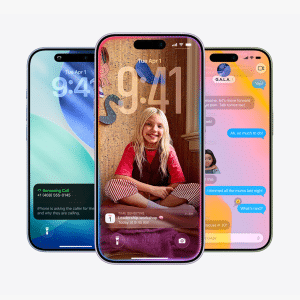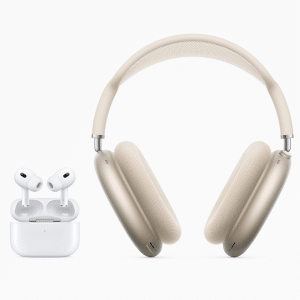In a reversal of Google’s claims, the primary reason for Android users transitioning to iPhones is issues with their prior Android devices, according to a recent survey conducted by Consumer Intelligence Research Partners (CIRP) on the United States smartphone market.
Earlier in May, CIRP reported a five-year high in the number of Android users migrating to iPhones in the US. Following up on that, the organization’s most recent report outlines the four main reasons why Android users chose to switch to iPhones.
The problems encountered with aging Android smartphones, such as the need for repairs and poor user experience, were the catalyst for 53% of Android users to switch. By contrast, 26% of users were lured by the new features available on iPhones, such as enhanced cameras, operating systems, accessories, and more.
15% of Android users made the transition due to discounts on new iPhones, which allowed them to spend less than anticipated or compared to a similar Android device. A meager 6% of Android users switched to take advantage of community connecting features like iMessage and FaceTime.
Some users, however, were unable to pinpoint a precise reason for their switch to iPhones, suggesting they merely “wanted something new.
Google’s pressure on Apple to incorporate Rich Communication Services (RCS), given that only a tiny portion of Android users switch due to iMessage, appears to be in vain.
RCS is a modern standard providing enhanced features for text message services, such as audio and video messages, ‘Read’ receipts, group chats, end-to-end encryption, and others, similar to those available to iMessage, WhatsApp, and Facebook Messenger users.
Despite adopting RCS for Android in 2016 and pressing Apple to follow suit, Google has been unsuccessful. Recently, Google launched the #GetTheMessage campaign in a bid to denounce Apple for trapping users within its ecosystem with iMessage and creating an Android and iPhone user divide with the green and blue chat bubble disparity.
Google’s campaign against iMessage includes a dedicated website, advertisements, celebrity social media posts, billboards in New York City and Las Vegas, YouTube videos, and Twitter threads by its senior executives.
If Android users are primarily attracted to iPhones due to issues with their Android smartphones and because of their hardware and software capabilities, this undermines Google’s argument that users are drawn to iPhones due to iMessage’s blue chat bubbles.

This could also make it understandable why Google’s push for RCS integration with iOS has been so unsuccessful.











